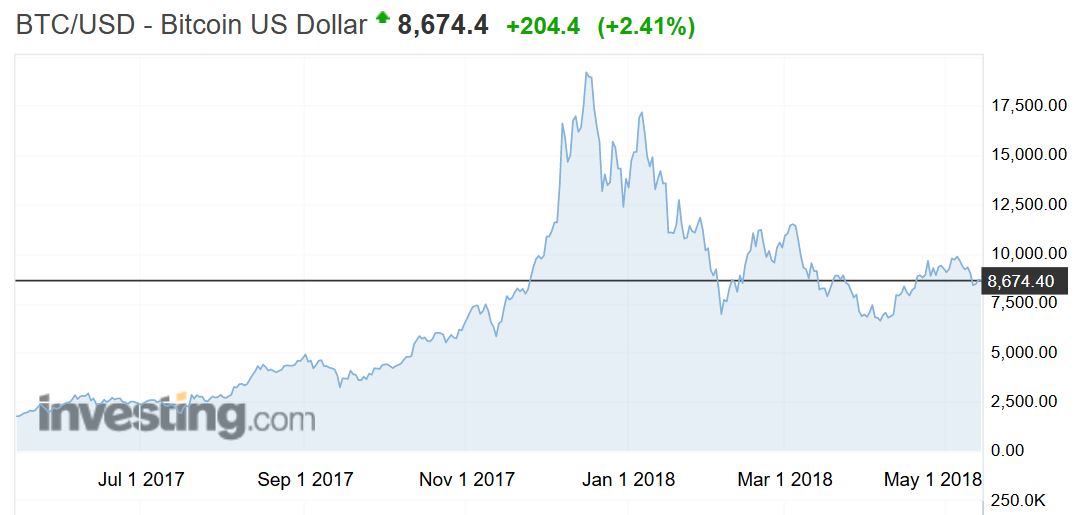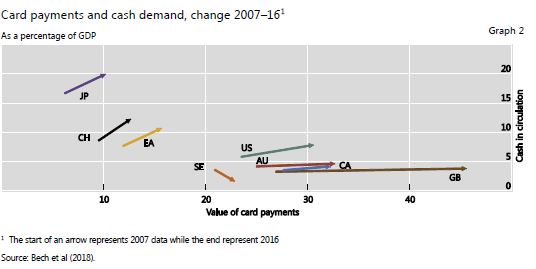When I made my first video on Digital and Cyber Currencies – What Is Money? I said I would return to Bitcoin.
 Now, today I am not going to discuss the mechanics of the digital currency, there are plenty of others who have done that; nor am I going to discuss the limited supply, which is mirroring gold, other than to note this one of the fundamental design criteria of the crypto currency.
Now, today I am not going to discuss the mechanics of the digital currency, there are plenty of others who have done that; nor am I going to discuss the limited supply, which is mirroring gold, other than to note this one of the fundamental design criteria of the crypto currency.
But institutional investors are getting more interested.
For example, Goldman Sachs announced it will be opening a crypto derivatives trading desk “within weeks,” as well as recently hiring a cryptocurrency trader as vice president of their digital asset markets. It will trade Bitcoin futures in a principal, market-making capacity and will also create non-deliverable forward products.
Then last week there was some more potentially important news out of the USA. There are rumours that the New York Stock Exchange may be planning to offer ‘Physical Delivery’ of Bitcoin. If this is true, it could mark a significant transformation in the role of digital currencies like Bitcoin.
The suggestion from unnamed “multiple sources” is that NYSE’s parent company Intercontinental Exchange or ICE is planning to offer Bitcoin (BTC) swap contracts but these contracts would be settled with the delivery of Bitcoin itself. Think about that, a mechanism to allow the physical delivery of a digital currency. If this IS true, this would have significant consequence for the future of crypto.
While there are Bitcoin futures contracts currently being offered on Chicago based CME Group derivatives marketplace or CME (since December 2017) and Chicago Board Options Exchange CBOE, these are ultimately settled in dollars.
The suggested crypto swap contracts would be settled in Bitcoin, and this would be a significant milestone which may signal a major Wall Street adoption of crypto.
Significantly it could mean that the ICE has a custody solution. As Bitcoin are generally bearer instruments it means you have to have a third-party custody option if institutional investors are going to get seriously involved.
There are so called “Cold storage custodian solutions” offered by small operators.
It’s not clear whether ICE is likely to build an in-house cold storage solution or to outsource it. In fact, ICE has made no comment at all on this, so it might be just speculation.
But here’s the thing, if ICE can offer a custodian solution that meets SEC rules and compliance requirements, this could “open the floodgates” to institutional capital, resulting in some “big price moves” in the crypto markets.
A custody solution would also open the door for pensions and endowments and so become an emergent asset class…most obviously at the expense of gold.
The Bitcoin price is still sitting well below the previous highs and the markets did not really respond to the rumours. But if this is true, then it may mark a significant inflection point in evolution of crypto. It might go mainstream.




